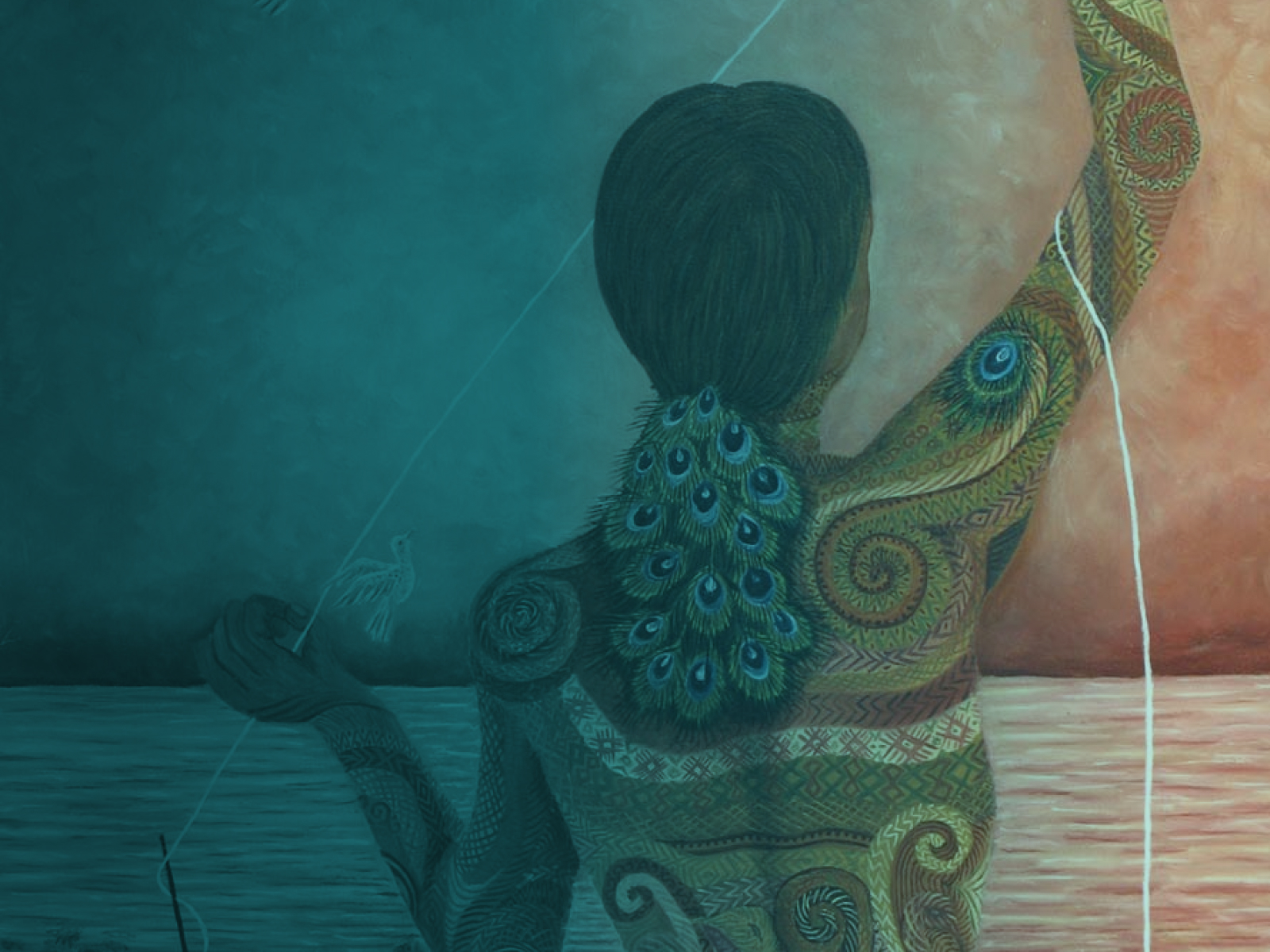The Maya: An Ancient, Enduring, and Vibrant Culture
Most of the world’s knowledge of the Maya is of the majestic archaeological sites of southern Mexico and northern Central America, particularly Guatemala. Monumental pyramids and other stone buildings, elaborate art works in jade, gold, copper, and other materials—as well as great stone sculptures, a sophisticated calendrical and astronomical system, and hieroglyphic writing, all attest to the cultural advancement attained by the ancient Maya.
What is less well-known is that today there are more than 5 million people in Mexico, Guatemala, and Belize who speak one of approximately 30 different Maya languages. Despite the Spanish Invasion and 500 years of repression, the Maya have preserved intact many elements of their culture, or blended them with elements of the dominant culture. Like their ancestors, most contemporary Maya are farmers who rely on cultivating maize, beans, and squash. Dress, especially for women is still largely traditional, with blouses or huipiles distinctive to the community in which they live. Although today most Maya identify as either Roman Catholic or evangelical Christians, native religious beliefs and traditions persist, often interwoven with those of Christianity.
The Maya who live around Lake Atitlán in the highlands of Guatemala exemplify the continuing vibrancy of this culture. People in each village on the lake still speak Maya languages and maintain their own styles of dress and somewhat distinct cultural traditions. Most identify as Tz’utujil Maya, Kaqchikel Maya, or K’iche’ Maya. During the Guatemalan internal conflict (1960 – 1996), the government of that time considered the Maya supporters of the insurrectionist guerillas and carried out many human rights abuses against them.
The contemporary paintings and objects in this exhibit reflect the enduring nature of Maya culture, with a focus on spirituality. We see the traditional dress worn by the Maya, how the ancient calendrical system is still influential in healing ceremonies, and many ways in which historic beliefs and traditions have been melded with those of the dominant culture. We also see evidence of contemporary cultural changes, and the slim hope that was offered by the Peace Accords.



